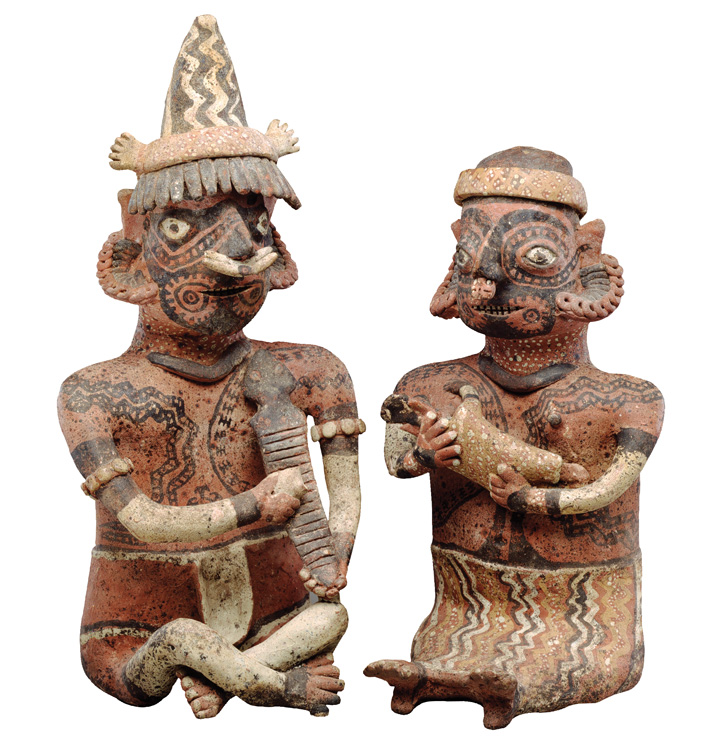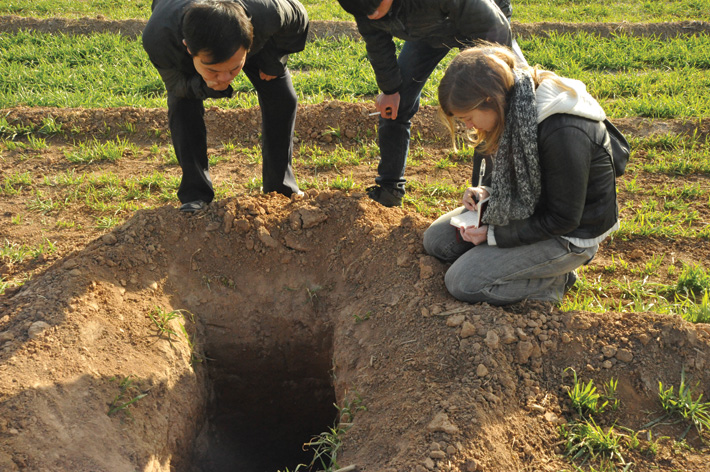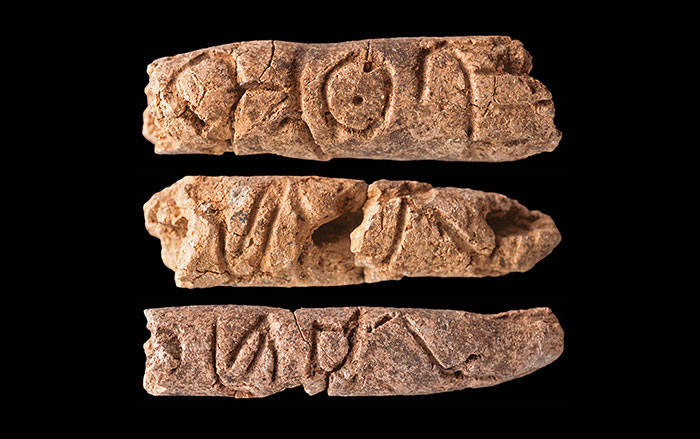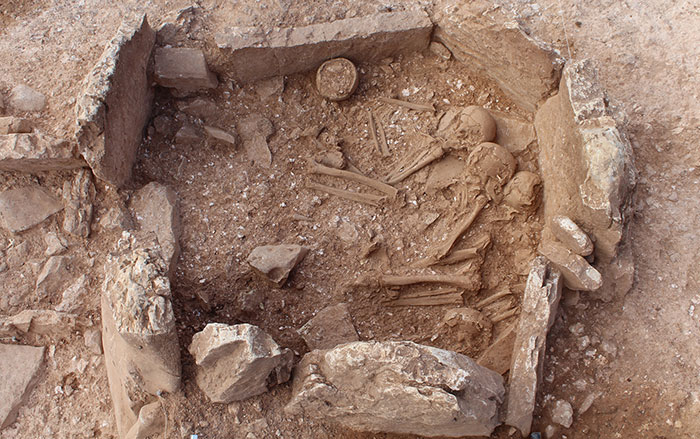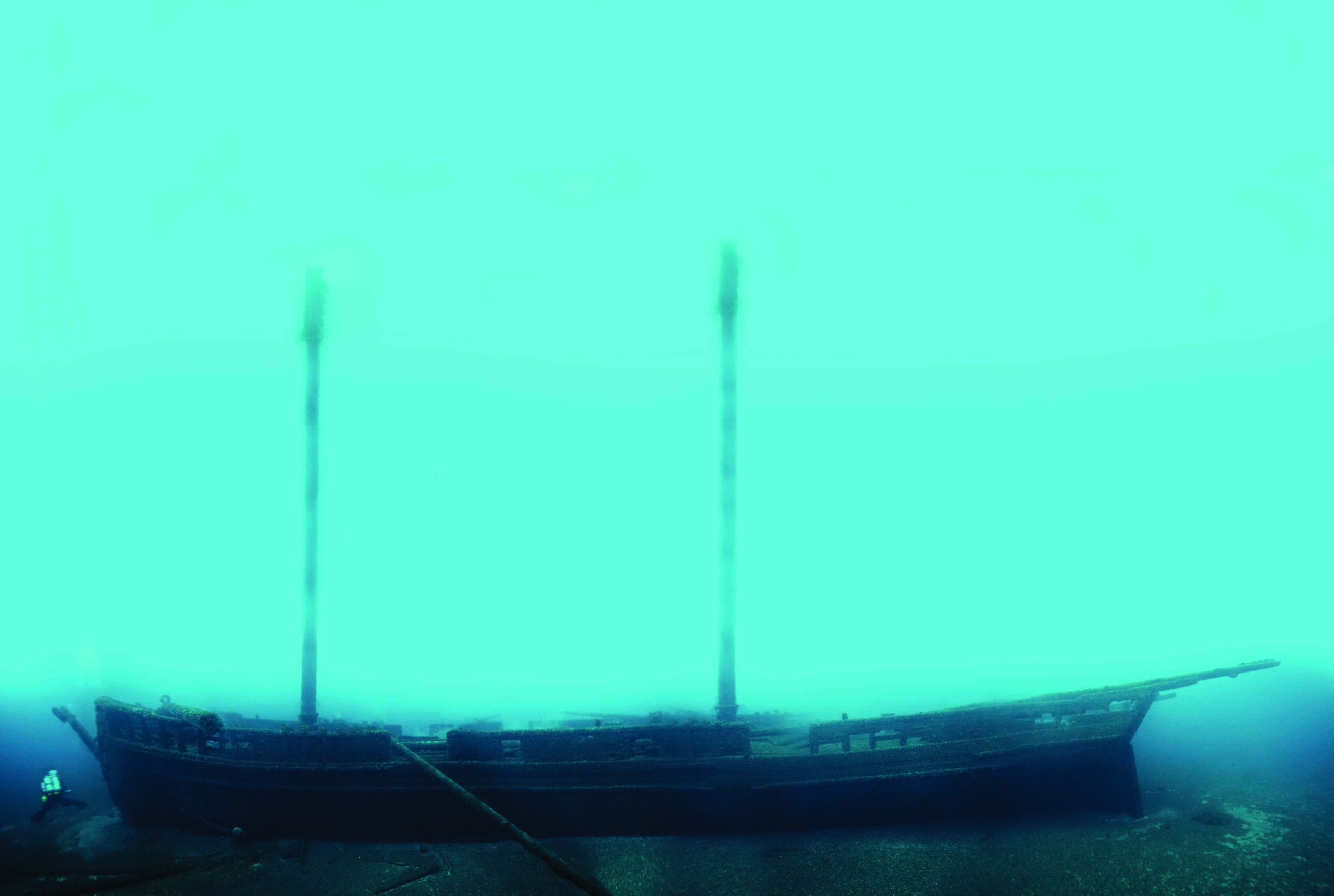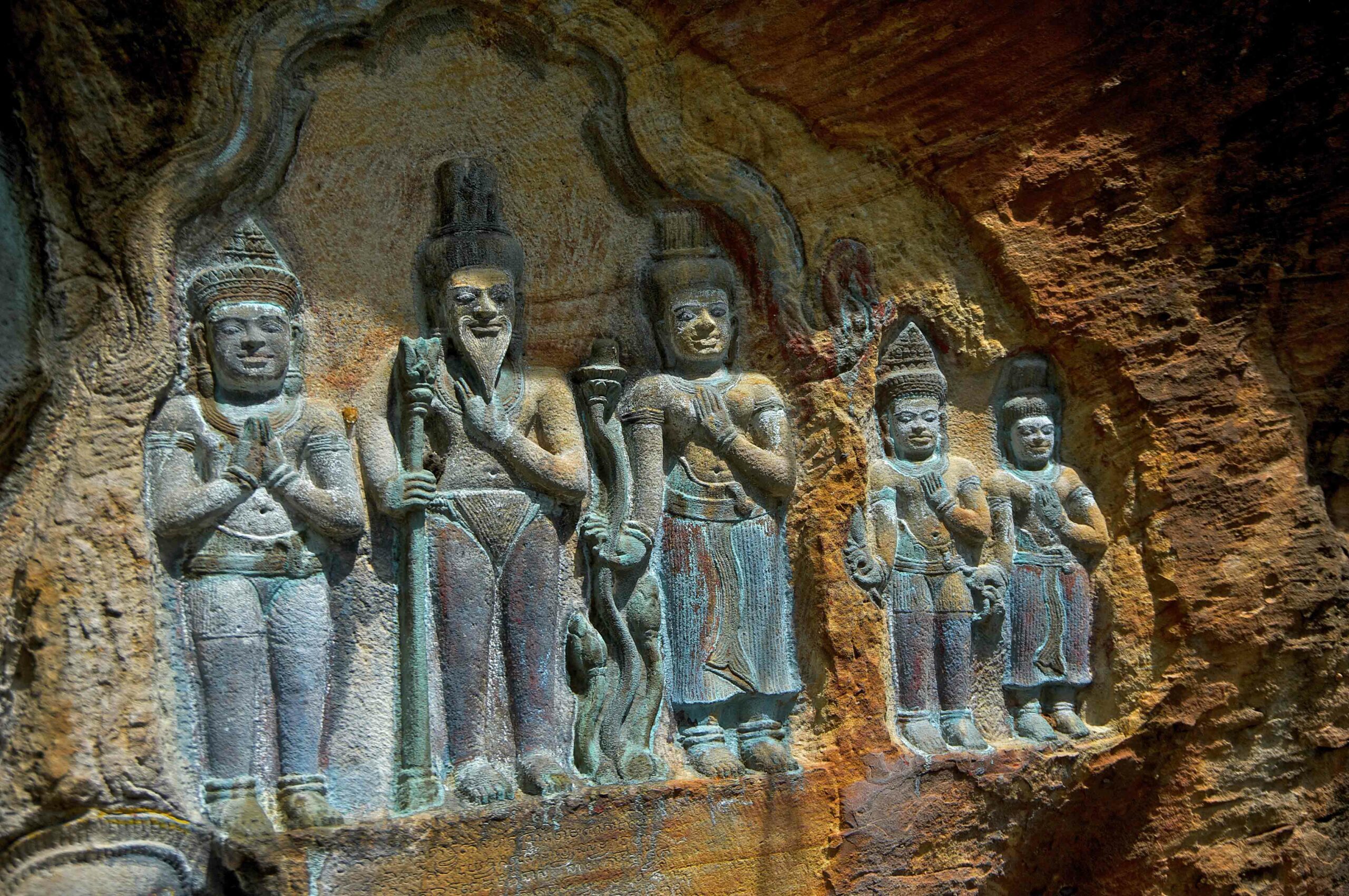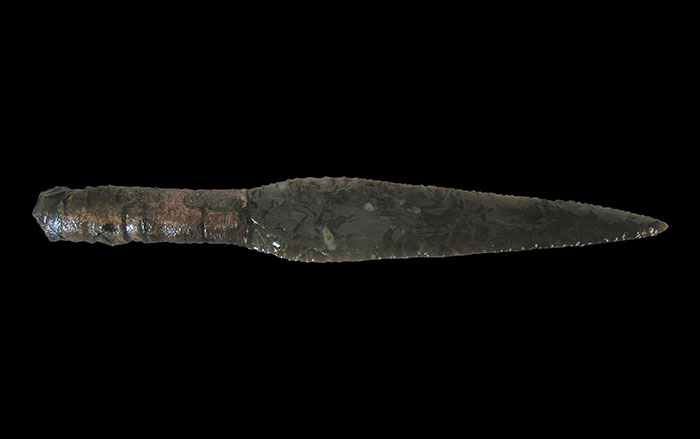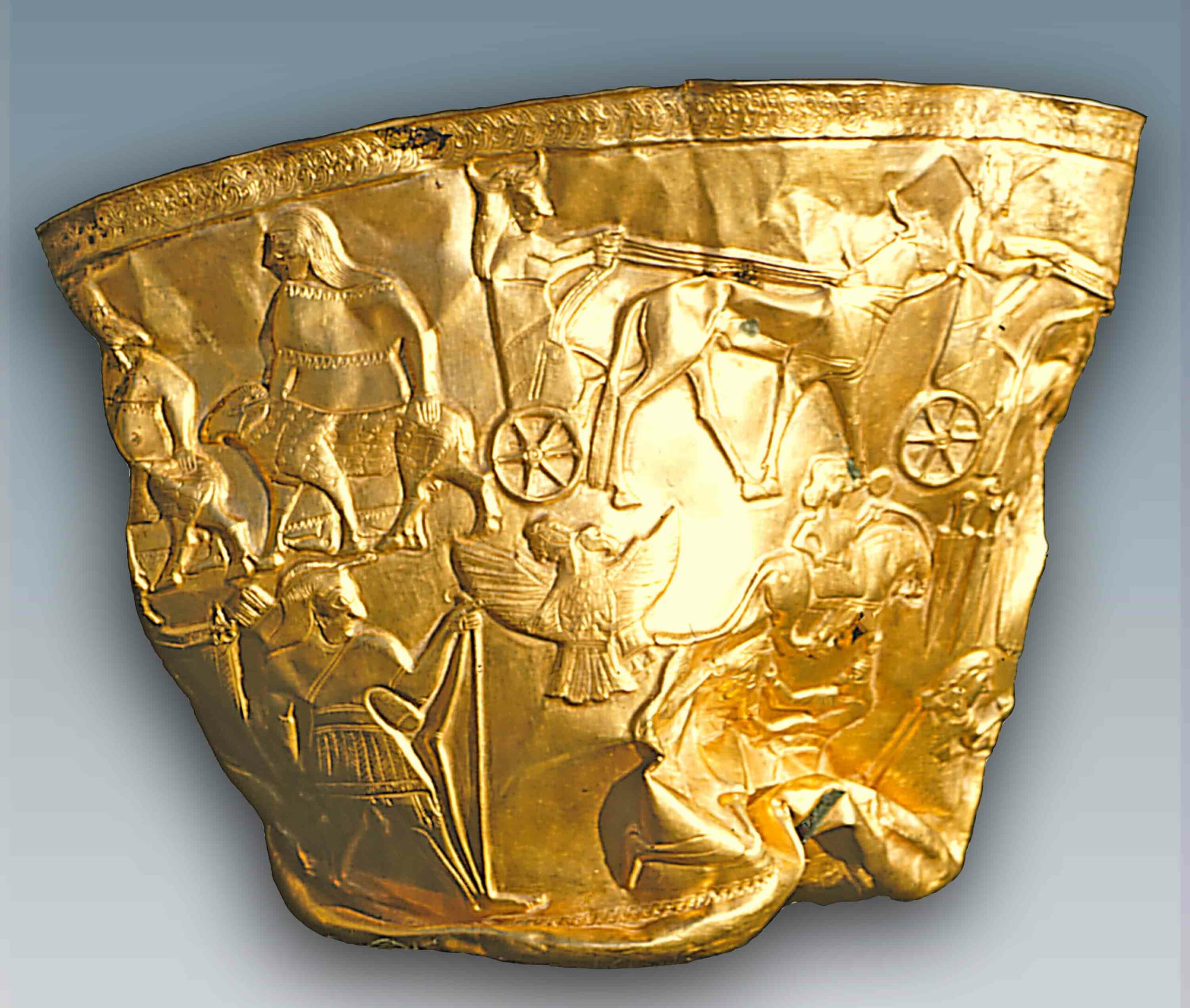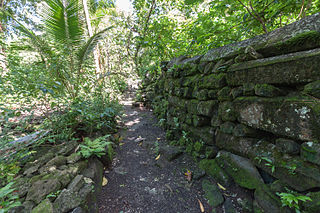
PERTH, AUSTRALIA—The royal tombs in the ancient city of Leluh, located just off the mainland of Kosrae, a Micronesian island, may be older than had been previously thought. The city was home to high chiefs and others from about 1250 until the mid-nineteenth century, when whalers, traders, and missionaries started to arrive on the island. Leluh features canals and walled compounds built of basalt, and temporary, pyramid-shaped tombs, or saru, built from living coral. Historical sources indicate that when Kosraean high chiefs died, their bodies were rubbed with coconut oil and then wrapped in mats and cords to be buried in the saru for up to three months. The bones were later exhumed, cleaned, and reburied in a hole on the nearby reef. “Today, the ancient tombs of the royal burial complexes are one of the few parts of the ancient Leluh site that remain intact. Much of the historical site is overgrown by the tropical forest and has succumbed to hundreds of years of tropical weather and tidal inundation, and some parts of the site have been dismantled and reused in modern construction,” Zoe Richards of the Western Australian Museum told Live Science. Uranium-thorium dating of the coral in the tombs shows that they could have been built as early as the fourteenth century, or about 300 years earlier than previously thought. “To extract and translocate the amount of coral used to build the saru, as well as the structures and walls throughout Leluh, would have required a highly structured social order that could organize and demand significant labor and logistical support from the population,” she added. To read in-depth about archaeological work on WWII-era sites in the Pacific, see "Defuzing the Past."


